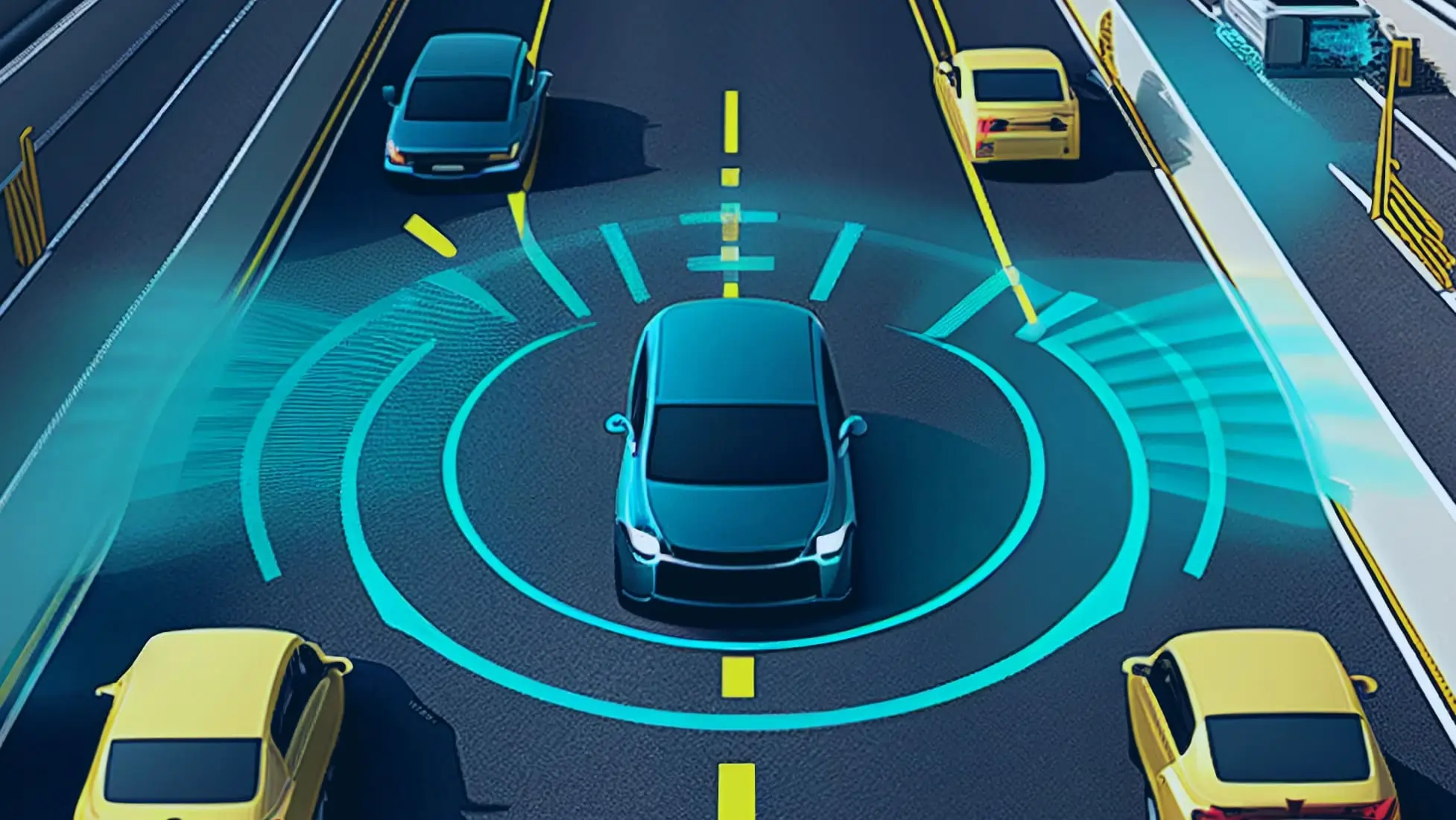In the case of automobiles, the most evident technological change over two decades pertains to high-tech technologies. Technological innovation replaced the problem of safety associated with car transport-from fully independent cars to advanced driver-assistive systems. Potentially, technological changes discussed in the article may make roads safer, reduce the number of accidents, and decrease their intensity.
Advanced Driver-Assistance Systems
Advanced Driver-Assistance Systems introduce better safety to vehicles. The acronym ADAS refers to an aggregation of different technologies that find application in improvement of performance of the driver, making the driver fully aware of his surrounding situation and ultimately preventing accident scenarios. Several new models provide the features, namely automatic braking, lane-keeping assist, or even adaptive cruise control. Beside warning the driver, these systems go a mile further by causing corrective action once it approaches very close to crucial points, thereby grossly reducing chances of accidents.
Autonomous Vehicle
No doubt the state of art on car safety can be ascertained as such by referring to so-called autonomous vehicle or self-driving car. A car with sensors and AI algorithms might well cruise along roads with negligible human interaction. That is how AVs, which will eliminate human error-as the biggest cause of most mishaps on the roads-will change the road safety scene. These leading companies that lead this new revolution of technology are Tesla, Waymo from Google, and Uber, as these self-driving cars are supposed to take over the roads increasingly over the next decade. For more on how technology impacts vehicle transport, particularly in the West Midlands, visit https://www.shiply.com/car-transporters/west-midlands-car-transporters
Connectivity and V2X Communication
The third and the newest pillar of modern automotive safety is connectivity. V2X, or Vehicle-to-Everything, communication enables vehicles to communicate with other vehicles as well as the infrastructure of the roads. The cars can have a communication that shares information in regard to the road’s current situation, traffic jam, and other hindrances. For example, if a car that is several ahead brakes then it can quickly send the signal to the others, and so they will even find time, or even the cars will be able to stop automatically not to crash into the car.
Telematics and Monitoring of Real Time Data
Telematics is the combination of GPS with onboard diagnostics. It tracks in real time the vehicle and the driver. The delivery of needed information for improvement of safety happens through predictive analytics and maintenance reminders. Above this, telematics helps insurers score the risk of a driver better and allow incentives for safe behaviors.
Advanced Material Science
Even material science has been put on the shelf. Most modern automobiles are installed with crumple zones for energy absorption, advanced airbags, stronger yet lighter materials for enhancement of safety features in a car, but at a cost, efficient. The windshield is made harder, more resistance, more fuel-efficient through gorilla glass-carbon fiber structures.
With more connectivity of the vehicles, reliance on the software, the new dimension in which cybersecurity stands, car manufacturers invest huge amounts of their funds in their network security with an ability to take over some of the most critical functions such as the braking function or even the steering and achieving good security over these over vehicles to access not so dangerous to passengers.
Insurance and Liability
The other change is that if technology is the one in control with self-driving vehicles, then there would be controversy regarding liability and models of insurance. The progress in the vehicle’s technology impacts the insurance industry. More information regarding the behavior of the driver and performance of the vehicle is now available for insurance companies to provide tailored policies and premiums that take into account the actual risk factors.
Conclusion:
Indeed, yes. Safety in moving cars will vary as the technology continues to advance. It would indeed be with less accident and casualty incidents. As we continue to conjure and polish them, deepening penetration toward acceptance of them to be an integrated part of life and finding one’s way towards a much more safe and more efficient future when it comes to driving. This would indeed call for concerted efforts from both the automaker, technology firms, policy-makers, and the consumer; but what is crystal-clear is the road ahead-that technology shall be the motor force for the continued revolution of the vehicle’s safety.

